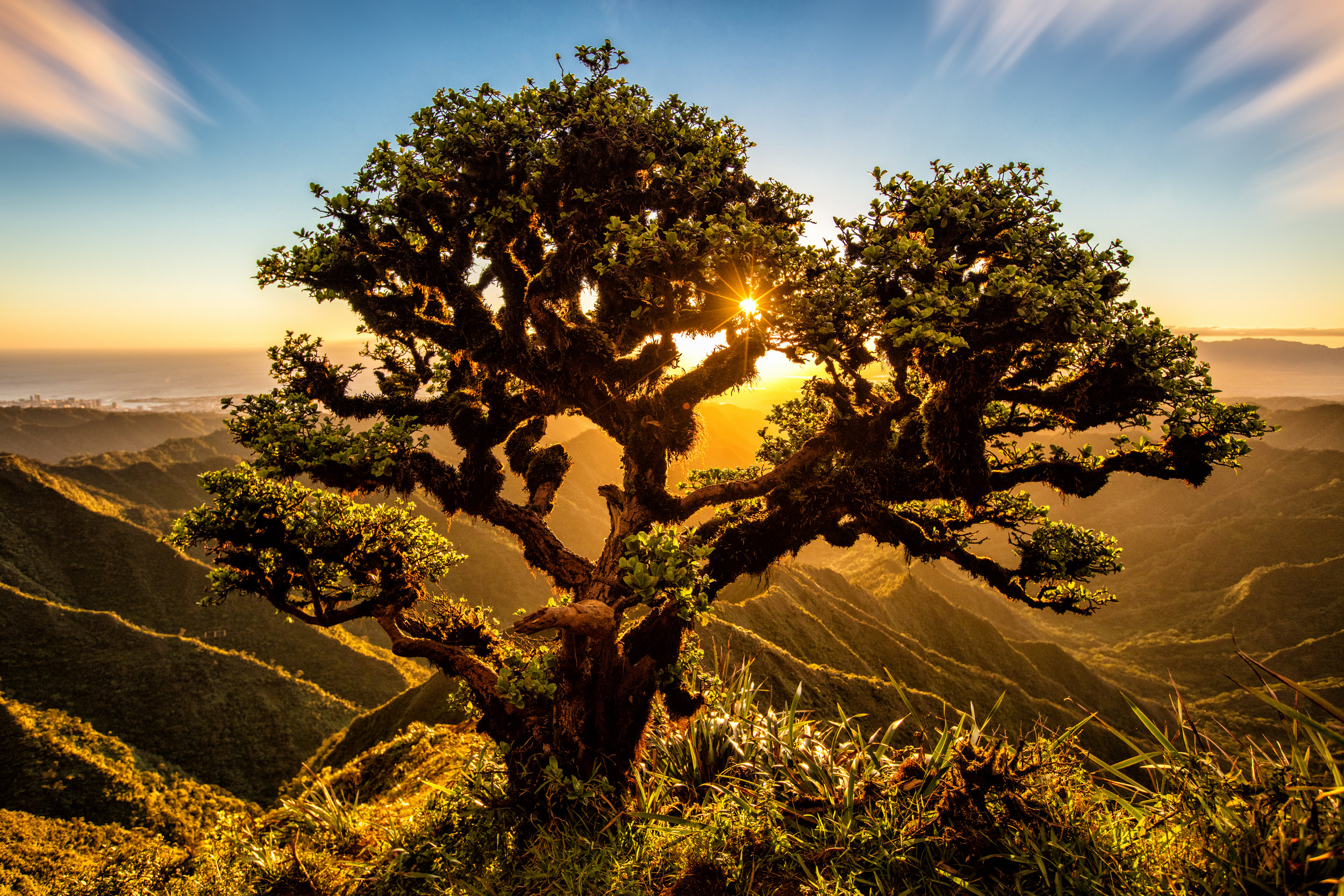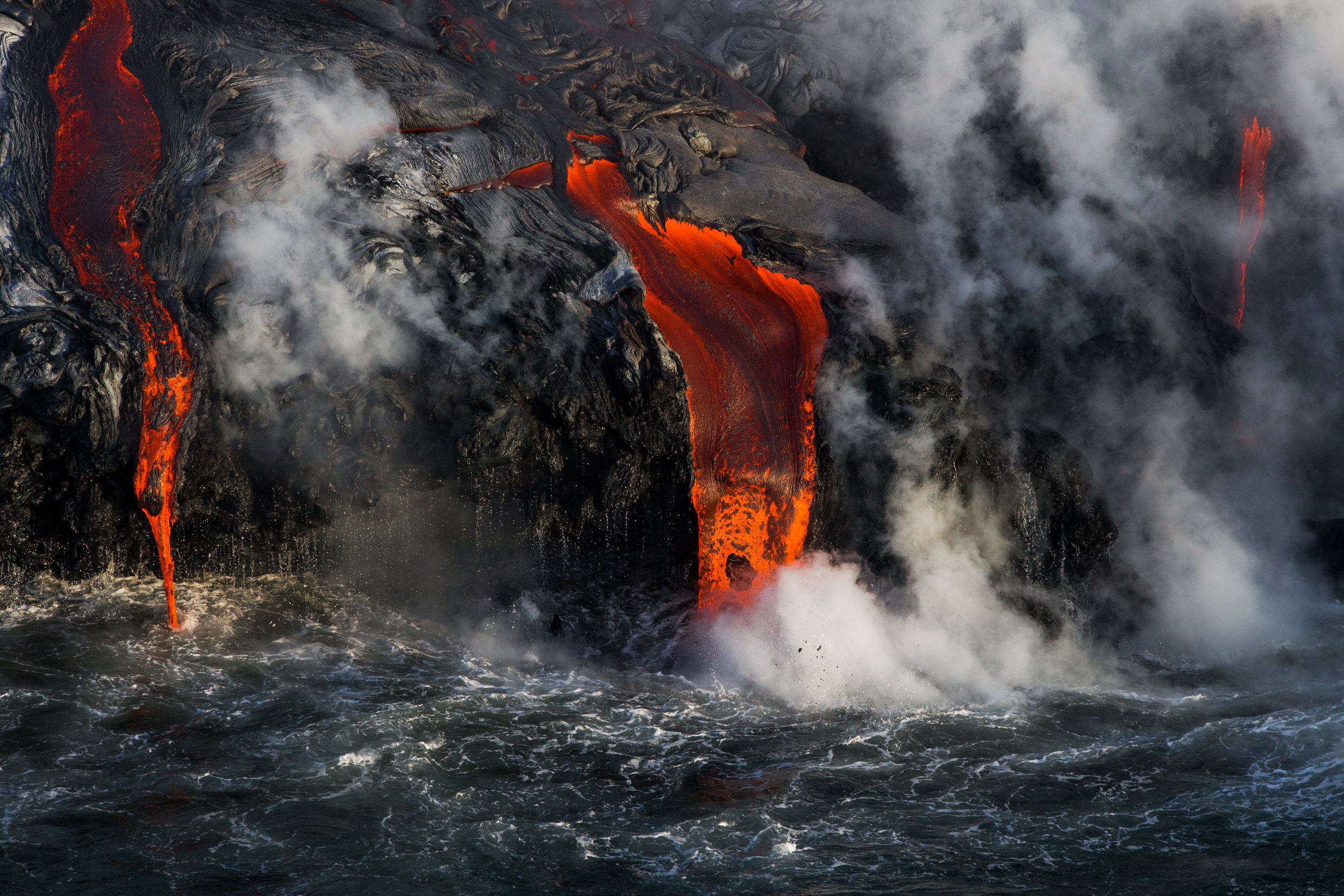Breakfast with Pele
Lava and ocean mix and create beautiful, yet dangerous conditions in this rare phenomenon on the Big Island of Hawaii.
Fireworks from above
Capturing aerial photographs of fireworks across Oahu is more challenging than it looks...



